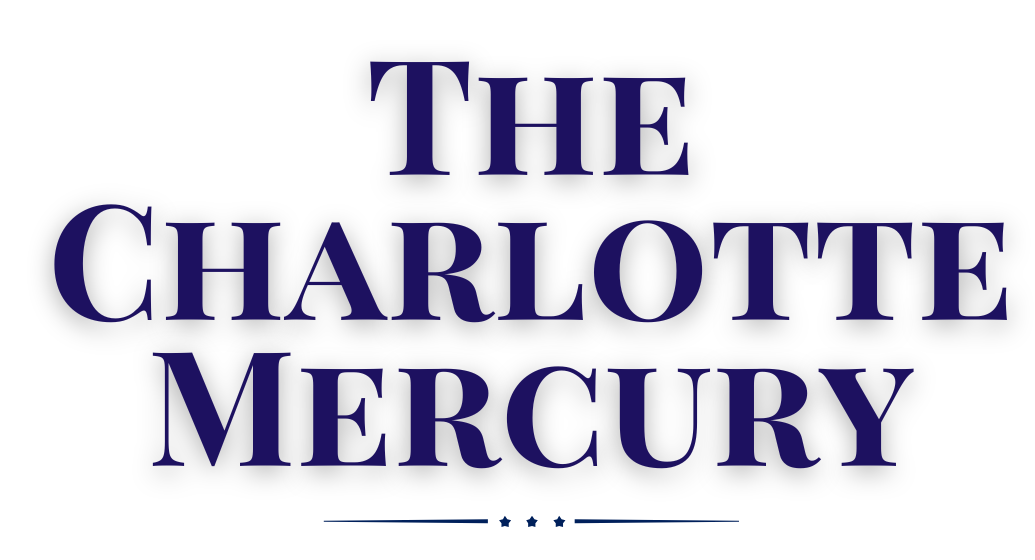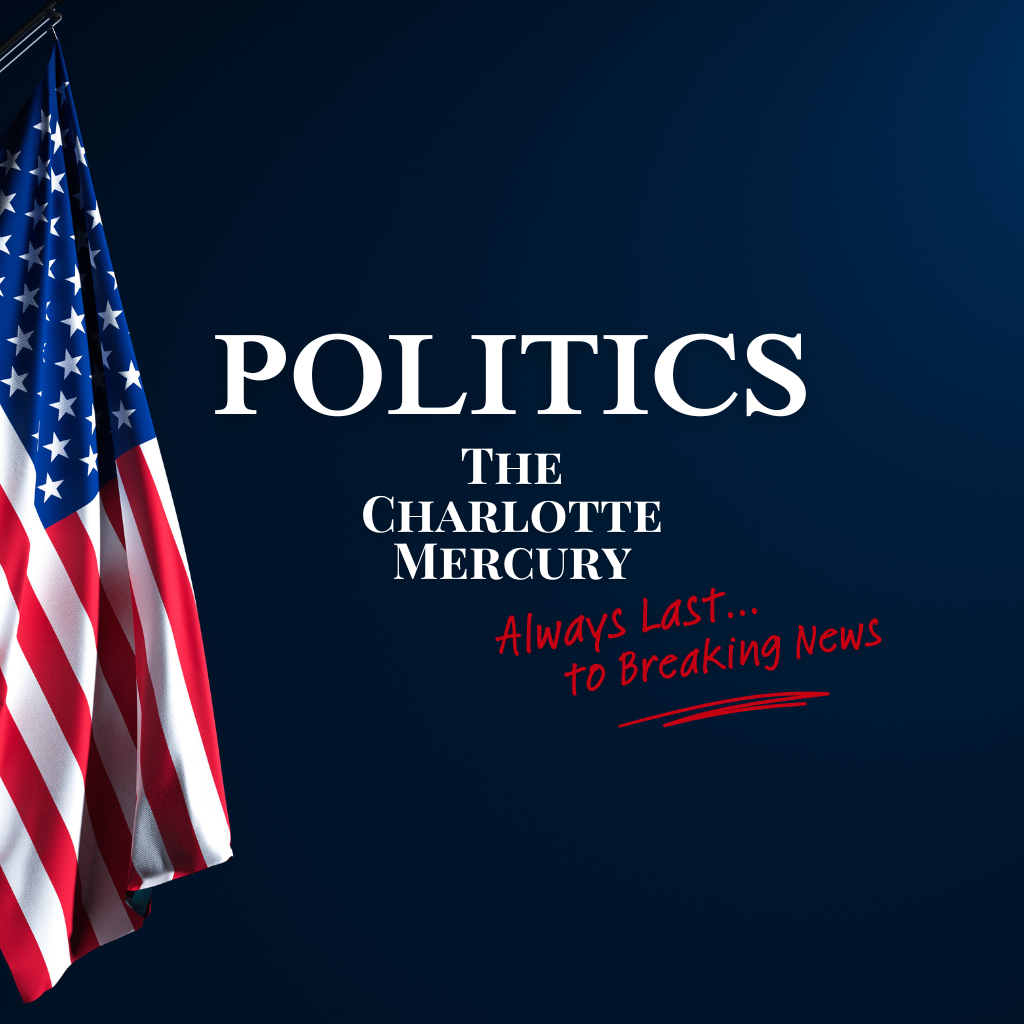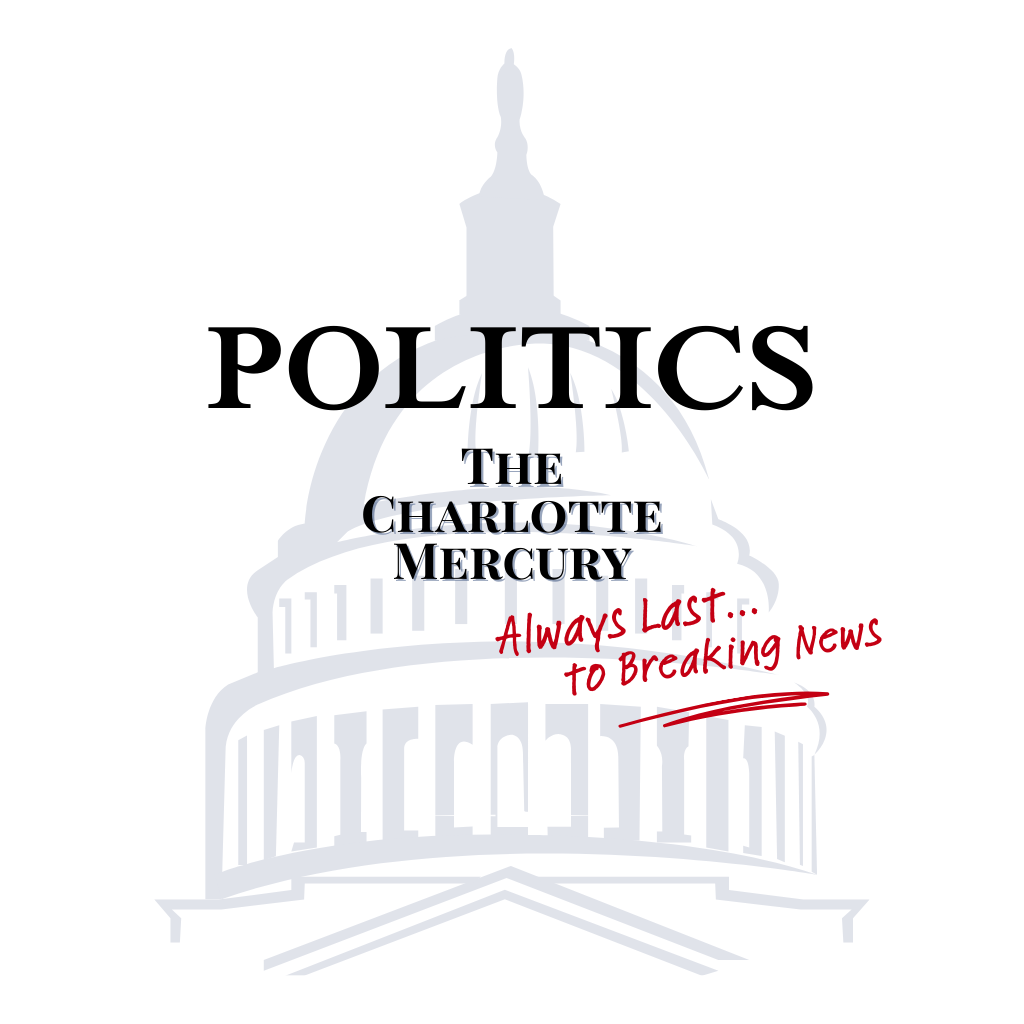Speeches, Staged Applause, and the Ultimate Political Performance
How the SOTU Became Washington’s Biggest Night of the Year
By Jack Beckett | Charlotte Mercury
The State of the Union Address is Washington’s answer to the Super Bowl—except no one is quite sure if the President is playing offense, defense, or just trying to run out the clock.
For one night, the House Chamber transforms into a high-stakes arena where political futures are made, narratives are cemented, and history occasionally intrudes on the script. It is a constitutional duty, a policy pitch, and a made-for-TV spectacle, where applause lines are meticulously crafted, political divides are put on display, and every moment is designed to land on tomorrow’s front page—or at least go viral on social media.
But behind the carefully staged moments of unity, the predictable partisan standing ovations, and the conspicuous refusals to clap, lies a web of procedure, tradition, and raw power dynamics that determine how the night unfolds.
This is not just a speech—it’s Washington’s most meticulously produced piece of theater.
The Invitation: Why the President Needs Permission
The President does not simply show up at Congress to deliver the State of the Union. The House Chamber belongs to the Speaker of the House, and an invitation must be formally extended before the speech can take place.
- The Speaker sends a letter to the President, inviting them to address a Joint Session of Congress.
- Congress must pass a concurrent resolution, setting the time and date for the session.
- If tensions run high, the Speaker can delay or even refuse the invitation, as Nancy Pelosi did to Donald Trump in 2019 during a government shutdown.
Once the date is set, the real choreography begins—a process that involves military-level security planning, partisan strategy sessions, and no small amount of ego management.
Lockdown at the Capitol: The Security Machine Behind the SOTU
The State of the Union is the biggest security operation in Washington outside of an inauguration. The President, Vice President, nearly every member of Congress, the Supreme Court, and the Joint Chiefs of Staff are all in one room.
To mitigate the nightmare scenario of a catastrophic attack:
- A “Designated Survivor”—a Cabinet member chosen to sit out the event in a secure, undisclosed location—remains ready to assume the presidency if disaster strikes.
- In recent years, some members of Congress have also skipped the event, providing additional continuity of government if necessary.
- Capitol Police, Secret Service, and the House & Senate Sergeants at Arms coordinate a security protocol that includes no-fly zones, heightened screenings, and classified emergency plans.
The event has always carried risk—security was tightened dramatically after 9/11, and the presence of heightened protest culture in recent years has made SOTU security a logistical feat.
The Pageantry of Power: How It Actually Works
The Ritual of Entry
Hours before the speech, Members of Congress line up along the center aisle to grab prime real estate for a handshake or a quick word with the President.
When the moment arrives, the House Sergeant at Arms stands at the chamber doors and bellows the iconic line:
“Madam Speaker, the President of the United States!”
The chamber erupts in applause—but not all applause is created equal. The President’s party will stand, cheer, and nod approvingly. The opposition will sit stone-faced, arms crossed, waiting for a moment to signal disapproval.
The President, meanwhile, walks the aisle like a boxer entering the ring, shaking hands and making the slow march toward the dais, where the Vice President and Speaker of the House wait behind them—primed for reaction shots.
The Speech: What’s Actually Said vs. What’s Really Happening
- The Opening Line: A variation of “The State of our Union is strong.” This is mandatory. The President will never say, “Things are bleak, and I don’t know how we’re going to fix it.”
- The Victory Lap: The President rattles off achievements of the past year, setting up applause lines that force the opposition to choose between standing or looking petulant.
- The Wishlist: This is the legislative pitch, even though most of what is proposed won’t pass in a divided Congress.
- The Foreign Policy Moment: Presidents flex America’s strength, signal threats, and often highlight a symbolic guest in the First Lady’s box—perhaps a dissident from an adversarial regime.
- The Guest Showcase: Since Reagan’s 1982 speech, Presidents have invited everyday Americans as policy props—a small-business owner, a heroic police officer, a child representing a legislative cause. These guests become living symbols of the President’s agenda.
- The Grand Finale: A rousing, emotional appeal for unity—even if the previous 60 minutes were a masterclass in partisan combat.
Why Newly Inaugurated Presidents Don’t Call It a “State of the Union”
A President in their first year does not yet have a full year in office, so their speech is called an “Address to a Joint Session of Congress.”
- Reagan (1981), Clinton (1993), Bush (2001), Obama (2009), Trump (2017), and Biden (2021) all followed this tradition.
- It allows the new President to set their agenda without being accountable for the previous year’s results.
Memorable SOTU Moments: When History Crashed the Script
- “You Lie!” (2009): Republican Rep. Joe Wilson shattered decorum, yelling “You lie!” at Obama. The House formally rebuked him.
- Pelosi’s Clap (2019): Nancy Pelosi’s slow, sarcastic clap at Trump became an instant meme.
- Pelosi Rips Trump’s Speech (2020): As Trump finished speaking, Pelosi dramatically tore up his speech on live television.
- Rush Limbaugh’s Live Medal Ceremony (2020): Trump awarded Rush Limbaugh the Presidential Medal of Freedom, breaking tradition with a reality-TV-style surprise.
Final Thoughts: The SOTU as America’s Annual Political Drama
The State of the Union is a moment of performance and power. It is not just a speech—it is an event carefully designed to control the narrative, energize the base, and set the terms of the political battlefield.
The applause lines, the gestures, the guests, the opposition response—none of it is accidental. Every moment is crafted for maximum political impact, with 2024’s election cycle already in motion before the speech even begins.
And while Washington postures and political strategists parse every frame, the real question remains: does any of this actually change the trajectory of the country?
In Charlotte, where national policy decisions ripple into infrastructure, military funding at Fort Bragg, and small business growth, the impact is real. But the State of the Union is not about governing—it’s about controlling the story.
This Analysis is Brought to You by Glory Days Apparel
Charlotte’s premier nostalgia brand, celebrating the city’s culture with high-quality, conversation-starting apparel. Whether you’re repping the Queen City, your favorite local legends, or iconic throwbacks, Glory Days Apparel keeps Charlotte style fresh.
📍 Visit them in South End: 2202 Hawkins Street, Charlotte, NC 28203
🛒 Shop online: glorydaysapparel.com
About the Author
Jack Beckett drinks more coffee than is medically advisable and covers politics with an eye for detail and a flair for storytelling. His work appears in Charlotte Mercury, where he dissects the news with the precision of a courtroom stenographer and the skepticism of a veteran bartender.
📩 Got a tip? Message us on Twitter/X (or as we call it, Twix).








